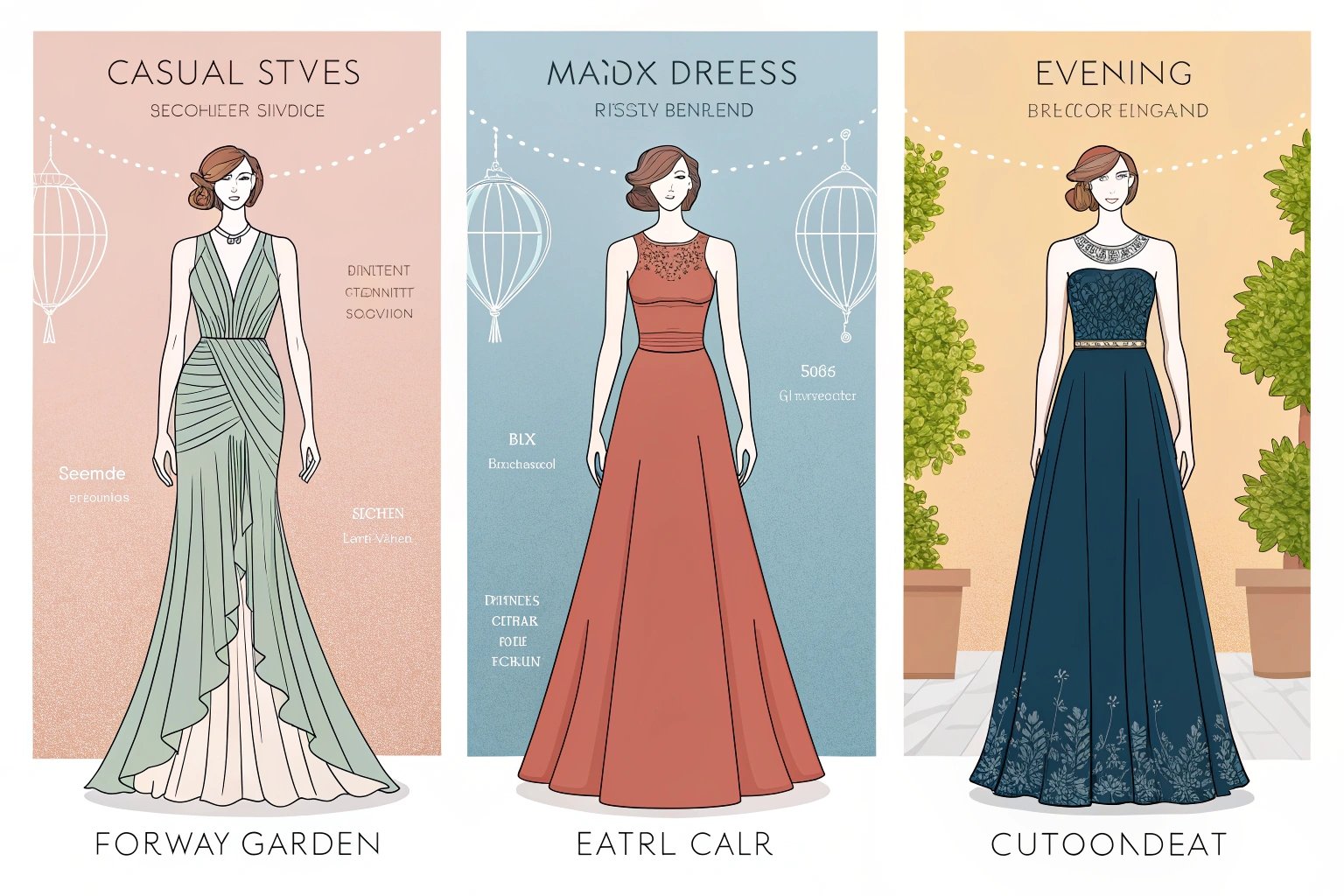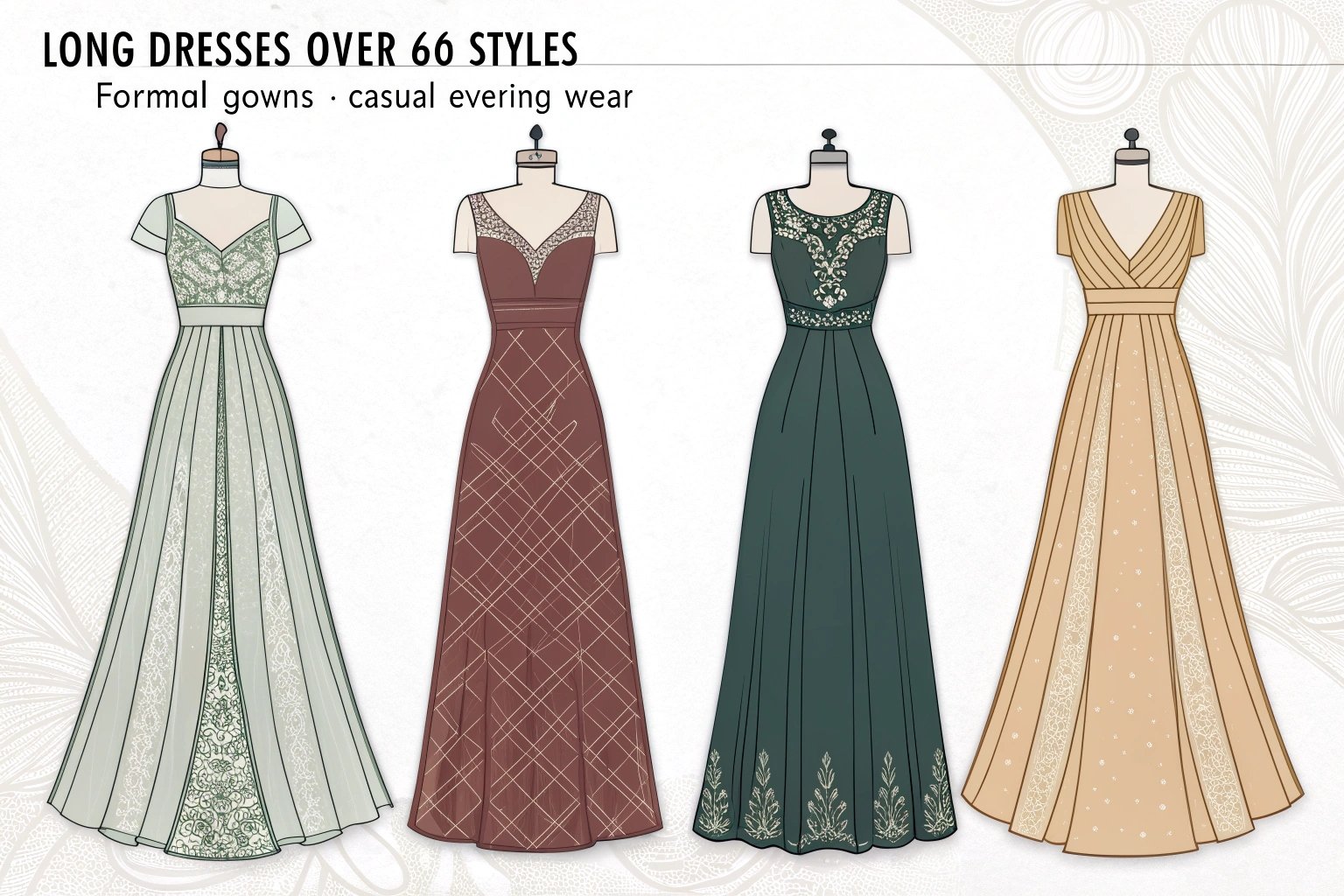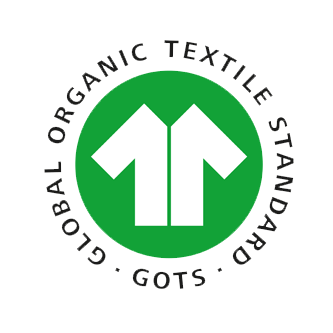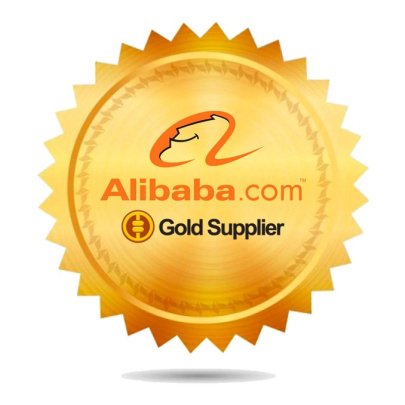Starting a sports clothing brand is an exciting venture, but it comes with its own set of challenges, from defining your brand’s identity to finding reliable suppliers and designing high-performance apparel. This guide will walk you through the essential steps to create a sports clothing brand, from initial strategy and sourcing suppliers to marketing and scaling your business.
To start your own sports clothing brand, it’s important to define your brand’s identity, find reliable suppliers, design functional and trendy sportswear, and market your products effectively. These steps will help you build a brand that stands out in the competitive sportswear market.
Transition paragraph: Let’s explore the key steps to building your sports clothing brand, from identifying your target audience to finding the right suppliers and scaling your business.
What Are the Initial Steps to Starting a Sports Clothing Brand?
Starting a sports clothing brand requires careful planning, from defining your brand to strategizing how to launch your products in a competitive market. A clear strategy helps guide your decisions, making it easier to stay on track as you grow your brand.
To launch your sports clothing brand, the first steps include defining your brand’s identity, understanding your target market, and creating a solid strategy that outlines your products, pricing, and marketing approach.
 Sportswear Design Studio
Sportswear Design Studio
How Do You Define Your Brand’s Identity and Target Audience?
Your brand’s identity is the core of your business. It’s essential to ask:
- What values will my brand represent? (e.g., performance, sustainability, inclusivity)
- Who is my target audience? (e.g., professional athletes, fitness enthusiasts, casual wearers)
By defining your brand’s identity, you ensure that your sports clothing line resonates with your audience. Additionally, understanding your target audience helps in crafting your designs and marketing strategies. The more specific you can be about your niche, the better you can position your brand to meet the needs of that audience.
| Key Question | Considerations |
|---|---|
| Brand Values | Performance-driven, sustainable, eco-friendly, or stylish? |
| Target Audience | Athletes, gym-goers, casual wearers, fashion-forward? |
| Market Research | What are competitors offering, and what gaps exist? |
What Are the Key Elements in Building a Strong Sports Clothing Brand Strategy?
A strong brand strategy involves the following components:
- Product Differentiation: Ensure your sportswear stands out, whether through innovative designs, high-performance materials, or unique branding.
- Pricing Strategy: Determine whether your brand will be premium, mid-range, or budget-friendly based on your target audience.
- Marketing Plan: Define your marketing strategy, including digital marketing, influencer partnerships, and traditional advertising.
By creating a comprehensive brand strategy, you’ll align your product, marketing, and sales efforts to create a cohesive and recognizable brand.
| Strategy Element | Consideration |
|---|---|
| Product Differentiation | How does your clothing differ from existing brands? |
| Pricing Strategy | Does your pricing reflect your target market and brand? |
| Marketing Plan | Will you focus on digital ads, influencer collaborations, or traditional methods? |
How Do You Find the Right Sports Clothing Suppliers?
Finding reliable suppliers is one of the most critical aspects of starting a sports clothing brand. The right supplier ensures product quality, cost-effectiveness, and timely delivery. You want a manufacturer that understands your vision and can execute your designs with precision.
To find reliable sports clothing suppliers, research suppliers’ reputation, evaluate their production capacity, and assess their pricing structure. It’s important to choose a supplier who aligns with your brand’s values and can meet your production needs.
What Should You Look for When Choosing Reliable Sports Clothing Suppliers?
When choosing a supplier, consider the following:
- Experience in Sportswear Production: The supplier should have experience with producing sports clothing specifically, as it requires specialized fabrics and construction methods.
- Quality Assurance: Check whether they have quality control processes in place, such as inspecting raw materials, conducting tests during production, and verifying finished products.
- Production Capacity and Lead Time: Ensure the supplier can handle your required order quantities and deliver on time. Long lead times can affect your ability to launch your products.
| Evaluation Criteria | Key Considerations |
|---|---|
| Experience in Sportswear | Have they worked with sportswear brands before? |
| Quality Control | What processes do they use to ensure product consistency? |
| Production Capacity | Can they handle both small and large orders? |
How Do You Research and Evaluate Sports Clothing Suppliers for Quality and Cost?
To research suppliers, start by looking at their online presence, customer reviews, and testimonials. You can also request samples to evaluate the quality of their materials and manufacturing techniques. Be sure to compare quotes from multiple suppliers to assess cost-effectiveness while maintaining quality.
Ask for references or case studies from similar brands they have worked with to ensure they can deliver the quality you expect.
| Supplier Research Strategy | Action Steps |
|---|---|
| Online Presence | Check for a professional website and positive reviews. |
| Samples | Request samples to assess fabric quality and stitching. |
| Cost Comparison | Compare quotes from different suppliers to ensure competitive pricing. |
How Do You Design and Develop Your Sports Clothing Line?
Designing your sportswear line involves creating functional and aesthetically appealing products that align with your brand identity. It’s important to balance style, comfort, and performance in your designs.
To design your sports clothing line, focus on performance fabrics, functionality, and trend-driven designs. Collaborating closely with manufacturers can help ensure your designs are produced accurately.

How Can You Create Functional, Trendy, and High-Performance Sportswear Designs?
When creating sportswear designs, focus on:
- Performance Fabrics: Choose materials that offer moisture-wicking, breathability, and flexibility, such as polyester blends or compression fabrics.
- Comfort and Fit: Ensure your designs prioritize comfort, as activewear needs to allow free movement.
- Trendy Designs: Keep an eye on fashion trends in sportswear, like bold colors, minimalistic designs, or vintage aesthetics.
Incorporating these elements into your designs will ensure your products stand out and meet the needs of your target audience.
How Can You Collaborate with Manufacturers to Develop Prototypes and Final Products?
Work closely with your supplier to develop prototypes of your designs. Provide them with detailed sketches, fabric samples, and technical specifications. Once the prototype is created, request revisions to ensure it meets your expectations.
Building a collaborative relationship with manufacturers can help streamline the process of turning your designs into finished products, ensuring quality and consistency.
| Design Process | Steps |
|---|---|
| Prototype Development | Share detailed designs and materials for prototypes. |
| Feedback & Revision | Test and refine prototypes until they meet your requirements. |
| Production Finalization | Ensure final products match prototypes before mass production. |
What Are the Costs Involved in Starting a Sports Clothing Brand?
Starting a sports clothing brand involves several costs, including manufacturing, branding, marketing, and sourcing materials. Being aware of these costs will help you create a realistic budget and avoid financial surprises down the line.
Costs for starting a sports clothing brand include manufacturing expenses, branding and marketing, and the cost of sourcing materials and shipping. Planning and budgeting are crucial for ensuring your business is financially sustainable.
How Much Should You Budget for Manufacturing, Branding, and Marketing?
- Manufacturing Costs: These include raw materials, labor, and production. Be sure to account for sampling costs and potential shipping fees.
- Branding Costs: Logo design, packaging, and labels are part of this category. Investing in professional branding helps create a strong identity for your clothing line.
- Marketing Costs: Digital marketing, influencer partnerships, and ads can make up a significant portion of your budget, especially if you plan to launch a comprehensive campaign.
What Are the Costs for Sourcing Materials and Shipping from Suppliers?
Material costs depend on the type of fabrics and components you choose, as well as the supplier’s pricing structure. Shipping costs vary depending on the quantity and destination. Bulk shipping often reduces costs, but smaller orders may result in higher shipping fees per unit.
| Cost Type | Expected Expenses |
|---|---|
| Manufacturing | Raw materials, labor, production setup |
| Branding & Marketing | Design costs, digital advertising, influencer campaigns |
| Shipping & Materials | Fabric procurement, shipping, and customs fees |
How Do You Market and Promote Your Sports Clothing Brand?
Effective marketing is crucial to the success of your sports clothing brand. You need a strong plan to reach your target audience and build brand recognition.
Marketing strategies for your sports clothing brand should include social media advertising, influencer collaborations, and partnerships with athletes or fitness influencers to boost visibility and credibility.
What Are the Most Effective Marketing Strategies for a Sports Clothing Brand?
Some of the most effective marketing strategies for a sports clothing brand include:
- Influencer Marketing: Collaborating with fitness influencers or athletes can significantly increase your brand’s credibility and reach.
- Social Media Campaigns: Use platforms like Instagram and TikTok to showcase your products, engage with followers, and run targeted ad campaigns.
- Content Marketing: Create engaging content such as workout videos, behind-the-scenes footage, and fitness tips to drive traffic to your website.
How Can You Leverage Social Media and Influencers to Increase Brand Awareness?
Social media platforms are essential for building brand awareness. By partnering with fitness influencers, you can expose your brand to a wider audience and gain credibility within the fitness community. Additionally, running paid ads on social media can help you target specific demographics, increasing your chances of reaching potential customers.
| Marketing Strategy | Action Steps |
|---|---|
| Influencer Collaborations | Work with fitness influencers to showcase your brand. |
| Social Media Advertising | Use Instagram ads, TikTok challenges, and Facebook groups. |
| Content Marketing | Create valuable content like workout tutorials or blogs. |
How Can You Scale Your Sports Clothing Brand?
Once your sports clothing brand has gained traction, scaling it involves expanding your product range, reaching new markets, and building long-term relationships with suppliers.
To scale your sports clothing brand, consider expanding your product line, exploring new market segments, and maintaining strong relationships with your suppliers to ensure continued quality and consistency.

How Can You Expand Your Product Range and Reach More Customers?
Expanding your product range can help you cater to more customer needs and increase sales. You can start by introducing new types of clothing, such as athletic accessories, outerwear, or seasonal collections. Additionally, consider offering various sizing options, like plus-size or petite clothing.
What Are the Key Steps in Building Long-Term Relationships with Sports Clothing Suppliers?
Building long-term relationships with your suppliers requires clear communication, timely payments, and ongoing collaboration. Make sure to keep suppliers informed about your future growth plans, as this will help them prepare for larger orders. Regularly provide feedback and maintain a consistent business relationship to ensure smoother transactions.
| Scaling Strategy | Consideration |
|---|---|
| Product Range Expansion | Introduce new product categories based on customer demand. |
| Supplier Relationships | Maintain clear communication, timely payments, and future order forecasts. |
Conclusion
Starting a sports clothing brand requires careful planning, from defining your brand identity to finding reliable suppliers and marketing your products. With a clear strategy and strong relationships with manufacturers, you can create a successful clothing line that resonates with your target audience and grows over time.









